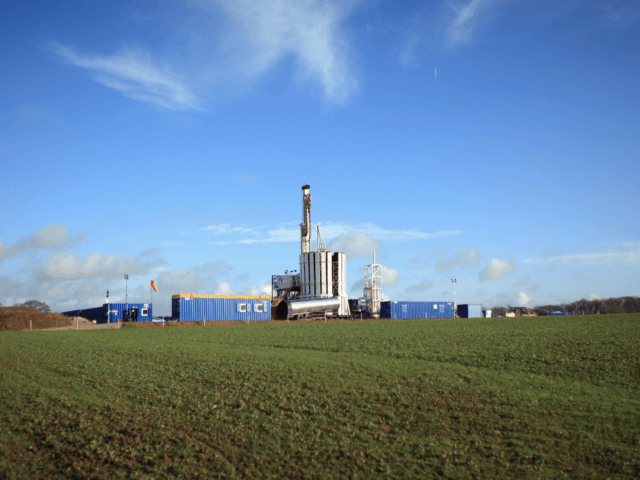British regulators have announced that the two remaining fracking sites in the country will not have to be covered in concrete and will be permitted to continue conducting research at the wells for the next year.
Amid the energy crisis in Europe, the North Sea Transition Authority (NSTA) said that the fracking firm Cuadrilla will have until the end of June of next year to continue operations at the Preston New Road and Elswick sites, the regulator announced.
The two wells were previously ordered to be covered with concrete and shut by June of this year after the government announced a ban on fracking in 2019.
However, amid increasing concern over Britain’s energy security in light of soaring energy prices and the failure of green alternatives to supplant the need for fossil fuels, the decision was made to not shut down the possibility of Britain turning on the fracking taps again.
Yet, the decision does not mean that fracking can resume immediately, but merely that Cuadrilla can continue to evaluate the potential reserves of natural gas at the sites.
The move was hailed by the Net Zero scrutiny group of Conservative MPs, who have called for the fracking moratorium to be lifted entirely.
The leader of the group, Craig Mackinlay MP, wrote on social media: “At a time of energy insecurity, high prices [and the] Ukraine Russia war all possible avenues for domestic energy should be maintained.”
“The govt’s new energy strategy must consider lifting the moratorium on Shale Gas and give the industry a level playing field compared to other industrial processes that we take for granted – geothermal energy, mining, building, trains. The 0.5 seismicity limit is unjustifiable,” Mackinlay added.
Green Fail: Fracking Must Resume on a ‘War Effort’ Level, Urge UK Lawmakershttps://t.co/5d5F60I3zf
— Breitbart London (@BreitbartLondon) March 1, 2022
Indeed, in November of 2019, the government used a “disturbance” of a 2.9 magnitude tremor to justify the decision to shut down the Preston New Road site earlier in the year.
However, a report published by the Oil and Gas Authority found that concerns over the tremor may have been overblown, saying that the 50 buildings which were affected experienced either “no structural damage” or “slight structural damage”such as plaster damage or hairline cracks in walls.
Other tremors detected at the site, hitting 1.1 and 1.5 on the Richter scale, were said to be “as almost imperceptible and well below the level of vibration that people experience going about everyday activities.”
One potential reason for the panic surrounding the 2.9 tremor, the OGA said, was the way in which government collects seismic data, which relies heavily on self-reporting from the public and therefore can be easily skewed.
“It is noted, however, that these ‘did-you-feel-it?’ reports are self-submitted online,” and therefore not easily verified, the report said.
In response to the findings and the invasion of Ukraine, the Net Zero Scrutiny group said last month that the government should resume fracking on a “war effort level“.
Earlier this month, the CEO of Cuadrilla — the nation’s only fracking firm — Francis Egan said that fracking will be key for any plans of energy security.
“If we are serious about energy security, as a very basic first step we must not concrete-up these wells.
“Then we need urgently to lift the shale gas moratorium and use these and additional wells to produce domestic shale gas.”
Exclusive – China and Russia Laughing at Boris Johnson’s ‘Net-Stupid’ Green Agenda: Richard Tice https://t.co/NiDLVOqynk
— Breitbart London (@BreitbartLondon) November 14, 2021
Follow Kurt Zindulka on Twitter here @KurtZindulka

COMMENTS
Please let us know if you're having issues with commenting.